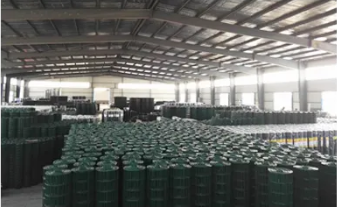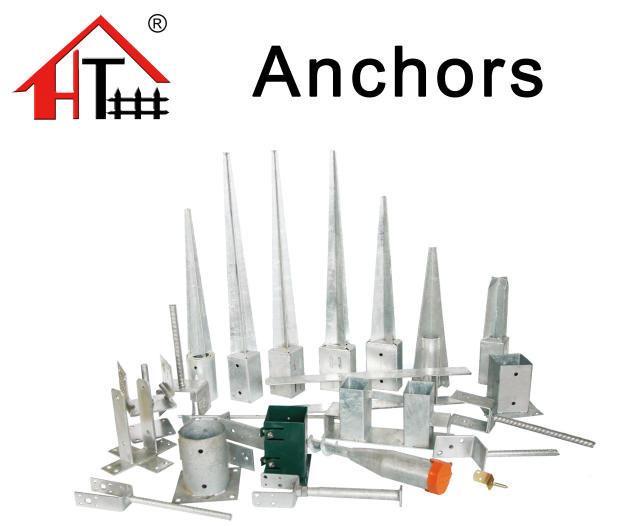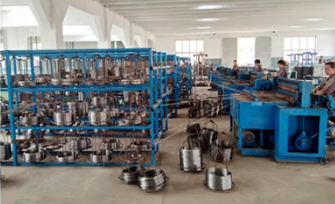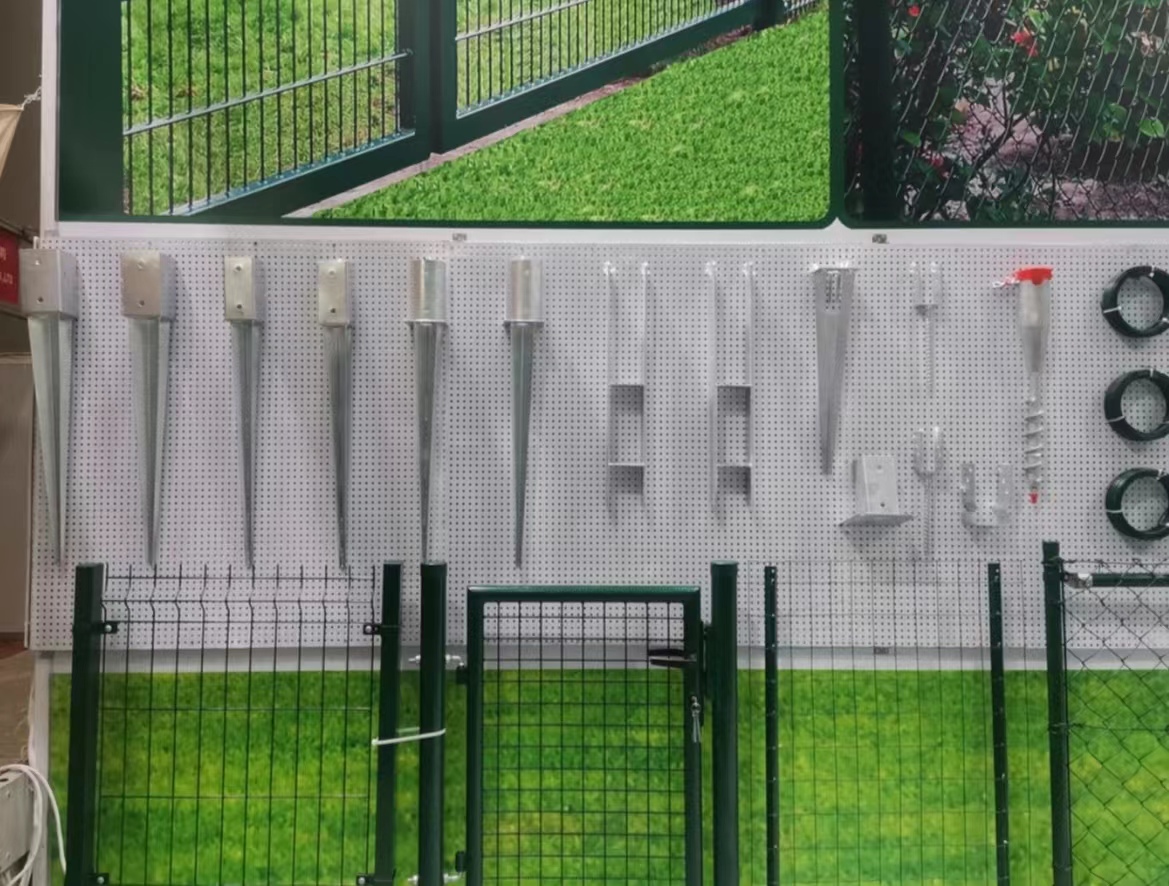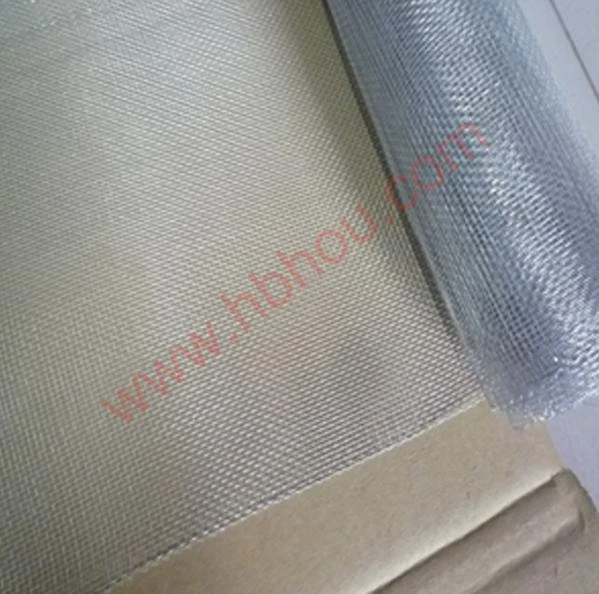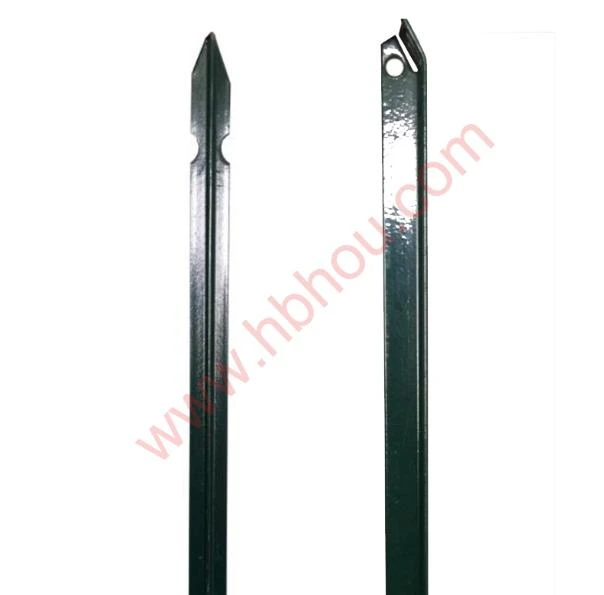Understanding the Importance of Deer Fences The 7x100 Solution
In the rural heartlands of America and many parts of the world, wildlife and agriculture often intersect in challenging ways. One of the most significant challenges faced by farmers and gardeners is the presence of deer. These graceful creatures may be a symbol of nature’s beauty, but they can wreak havoc on crops, gardens, and landscaping. As a solution, many landowners turn to deer fencing, specifically looking for options like a 7-foot tall by 100-foot long deer fence, which proves to be an effective protective measure for various types of property.
The Need for Deer Fencing
Deer are not just beautiful creatures; they are also voracious eaters. A single deer can consume up to 8 pounds of plants per day. This can result in significant losses for farmers and garden enthusiasts alike. Young trees, vegetable patches, and flower gardens are particularly vulnerable, as deer tend to be drawn to tender, new growth. The integration of a deer fence can serve as a critical barrier, preventing these animals from accessing and damaging valuable crops.
Why Choose a 7x100 Deer Fence?
When considering a deer fence, the dimensions significantly impact its effectiveness. A height of 7 feet is essential; deer are excellent jumpers and can leap as high as 8 feet when motivated. Thus, a 7-foot height creates a formidable obstacle. The length of 100 feet is also noteworthy, as it allows for substantial coverage of gardens or small orchards. This size is particularly beneficial for those managing mid-sized areas, striking a balance between effectiveness and cost.
Materials and Construction
Most deer fences are constructed using either plastic mesh or woven wire. Plastic mesh fences are lightweight, easy to install, and less expensive; however, they may not be as durable against determined animals. Woven wire fences, conversely, offer more strength and longevity, making them a worthwhile investment for serious growers. Additionally, many modern deer fences incorporate designs that include downward-facing extensions at the base to deter burrowing underneath, further enhancing their effectiveness.
deer fence 7 x 100
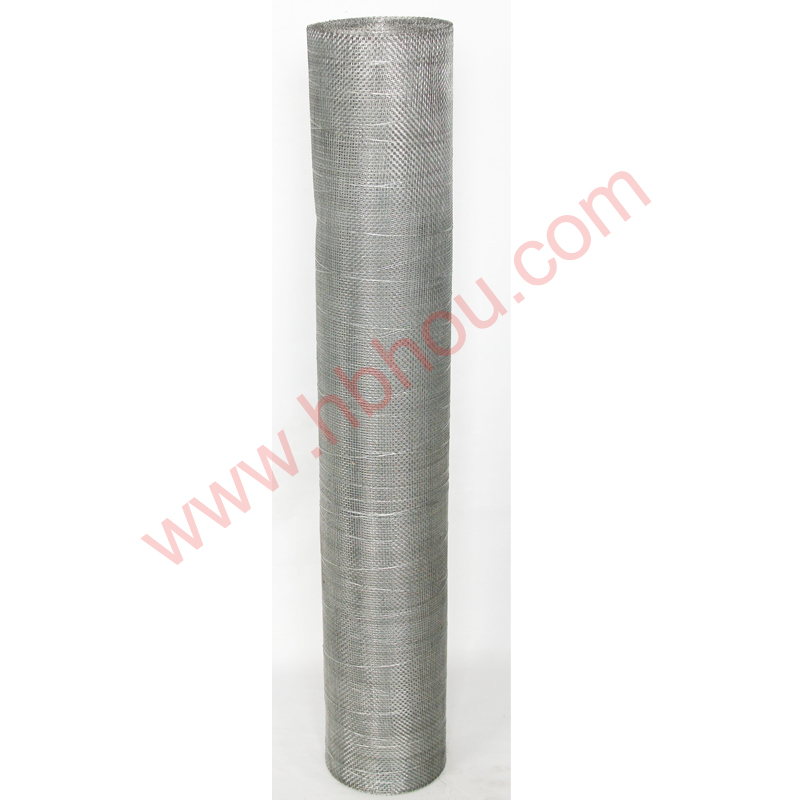
Installation Considerations
The installation of a deer fence may seem daunting, but it is a manageable DIY project for many. When erecting a 7x100 fence, it’s crucial to select the right location and ensure the area is clear of debris. Posts should be spaced appropriately, typically every 8 to 10 feet, to provide adequate support. The fence must be taut to deter any animals from attempting to push through or leap over.
Maintaining Your Deer Fence
Once installed, the maintenance of a deer fence is minimal but vital for long-term success. Regular checks for wear and tear will help in identifying any weak points or breaches. Seasonal adjustments may be required to accommodate changes in the ground or plant growth.
The Benefits Beyond Animal Control
Implementing a deer fence transcends mere animal control; it fosters a more productive and harmonious farming or gardening environment. With a reliable barrier in place, landowners can focus on nurturing their plants, expanding their gardens, and ultimately enjoying the fruits of their labor without the constant worry of deer intrusions.
Conclusion
In summary, a 7x100 deer fence represents a practical and effective solution for landowners facing the challenges of deer invasions. The combination of appropriate height, length, and material creates a protective barrier that not only safeguards crops but also promotes a more thriving agricultural or gardening endeavor. As the balance between wildlife and agriculture continues to be a critical issue, investing in a deer fence is a step toward ensuring both coexistence and productivity. Whether for a small garden or a larger farming operation, the benefits of such a fence are clear, making it an essential consideration for anyone looking to protect their investment in nature.









